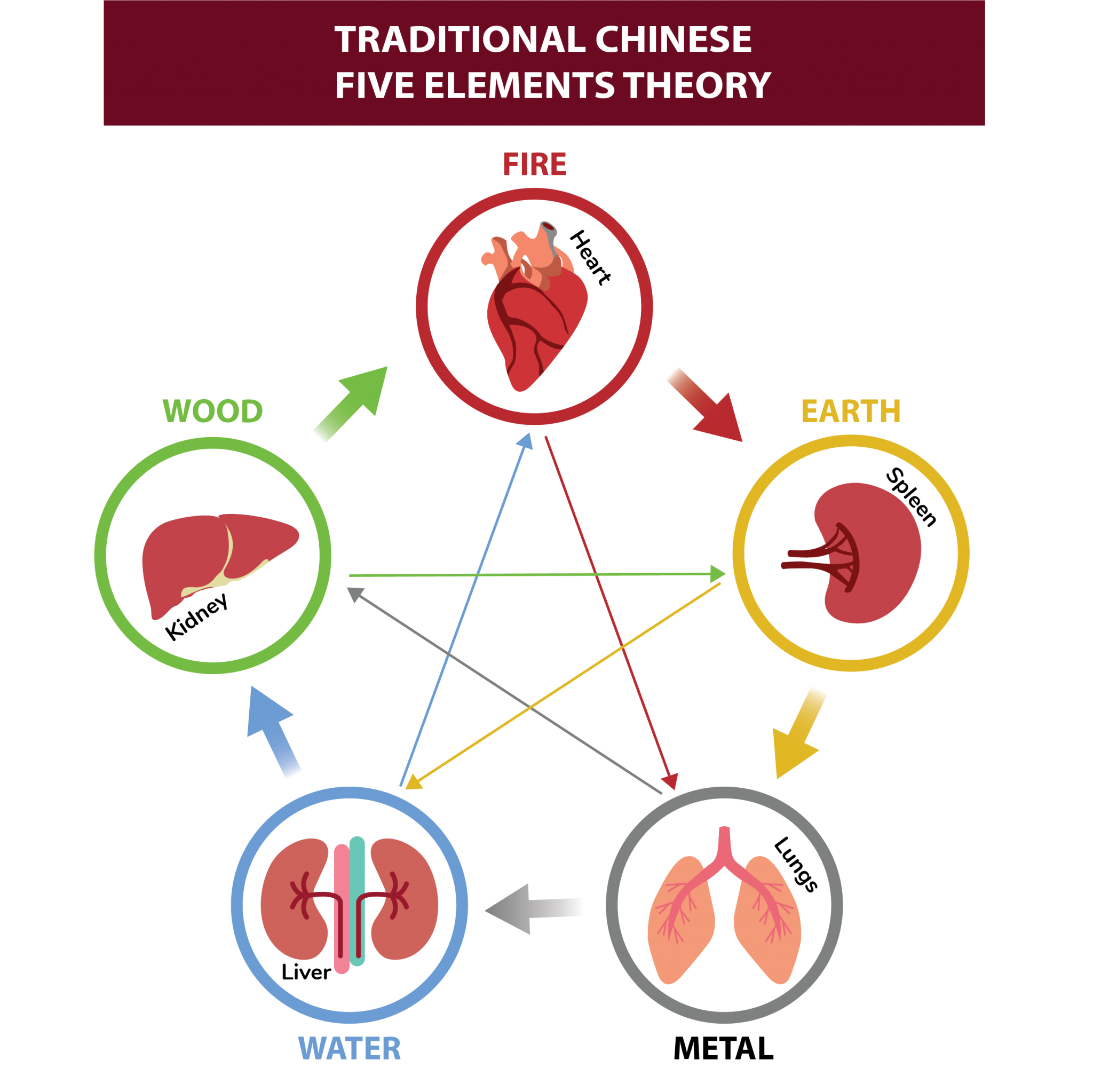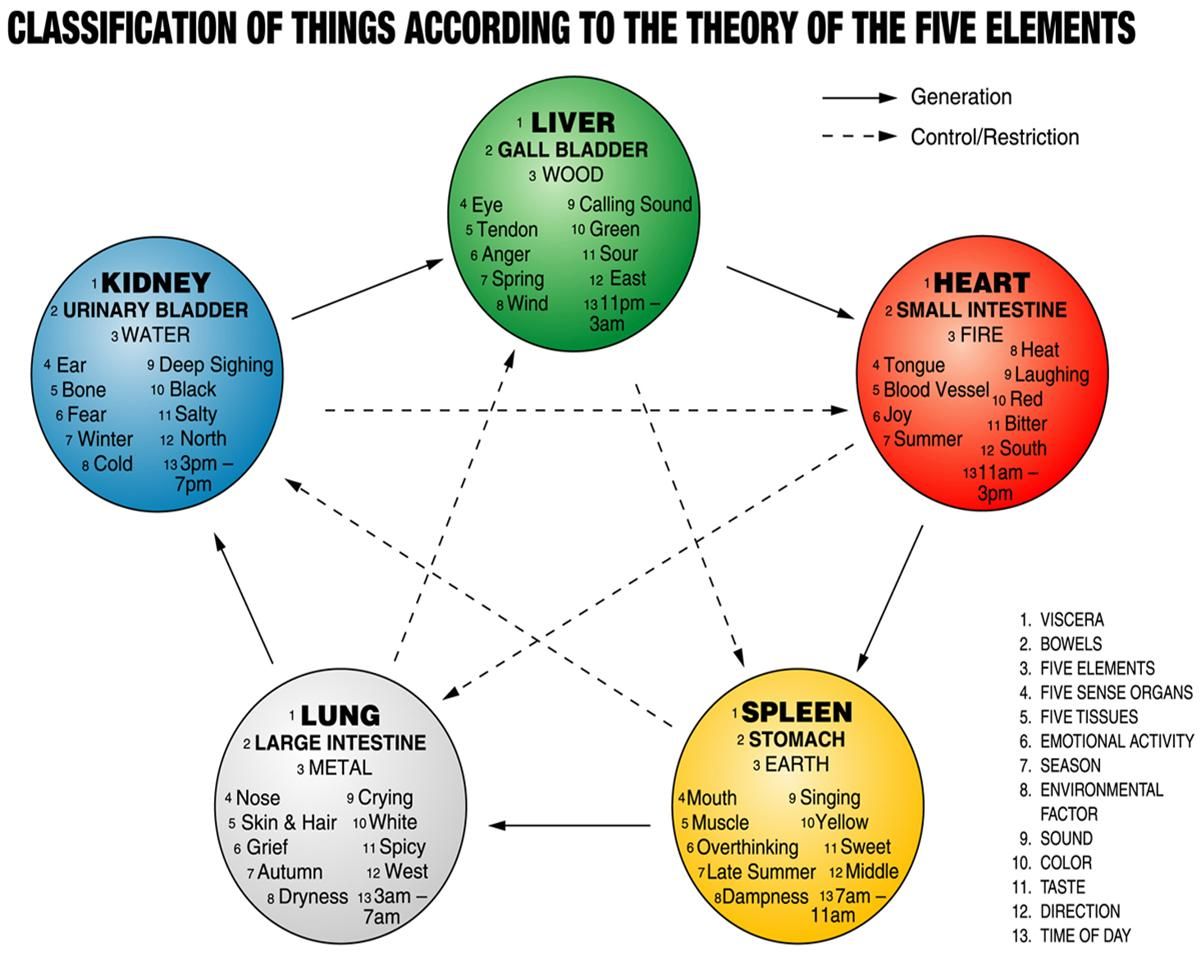The Wu Xing Theory in Traditional Chinese MedicineⅠ
The Wu Xing Theory in Traditional Chinese MedicineⅠ
The Five Elements refer to the five substances and their dynamic changes in a specific order, which are Wood, Fire, Earth, Metal, and Water. The term "Five" represents these five substances, and "Elements" refers to their dynamic changes. Just like the concept of Yin and Yang derived from the interaction of water and fire, the concept of the Five Elements also originates from these five substances. Today, we will discuss the Earth Element, which is a method of summarizing and explaining the characteristics and interrelationships of things.

Wood Element
When we talk about Wood, we naturally think of "trees." Now, imagine the common trees we often encounter. They have green leaves and new buds, continuously growing upward. There are tall and strong pine trees and willow trees with flexible branches swaying in the wind. From this, we can summarize the characteristics of Wood: growth, upward movement, and flexibility. The Wood Element can be bending and stretching, and its nature is gentle.
Fire Element
As for Fire, we are familiar with it. Fire is hot, bright, and its flames often leap upward. Therefore, the attributes of Fire are warmth, brightness, and upward movement. In short, we can say "Fire is hot and rises upward." "Hot" refers to heat, combustion, and brightness, while "upward" indicates movement upwards.
Earth Element
The food we eat, such as grains and vegetables, is grown in the soil. Besides providing food, the earth is the foundation on which we stand, carrying the weight of the world. After the death of living organisms, they decompose and return to dust. From these examples, we can summarize the characteristics of Earth: nurturing and generating, carrying and accepting things.

Metal Element
Metal refers to metals in general. Common metals, such as copper and iron, melt into liquid when heated at high temperatures, allowing them to be shaped into various forms. When cooled, metals become hard again. This reflects the characteristic of Metal, which is a combination of hardness and flexibility. Additionally, metals were traditionally used to make weapons, so Metal also has the attribute of killing and imposing severity. Furthermore, when we talk about severity, we often associate it with a season—autumn. Therefore, autumn is attributed to the Metal Element in the Five Elements theory. In autumn, plants wither, indicating Metal's downward nature. Farmers harvest their crops in autumn, and many animals gather food during this season, representing Metal's qualities of storage and contraction.
Water Element
Water has characteristics of moistening, coldness, confinement, and conservation. The ancient term for Water is "moistening and descending." "Moistening" refers to the wet nature of water, flowing from top to bottom. By extension, anything with the properties of coldness, moistening, and downward movement belongs to the Water Element.
